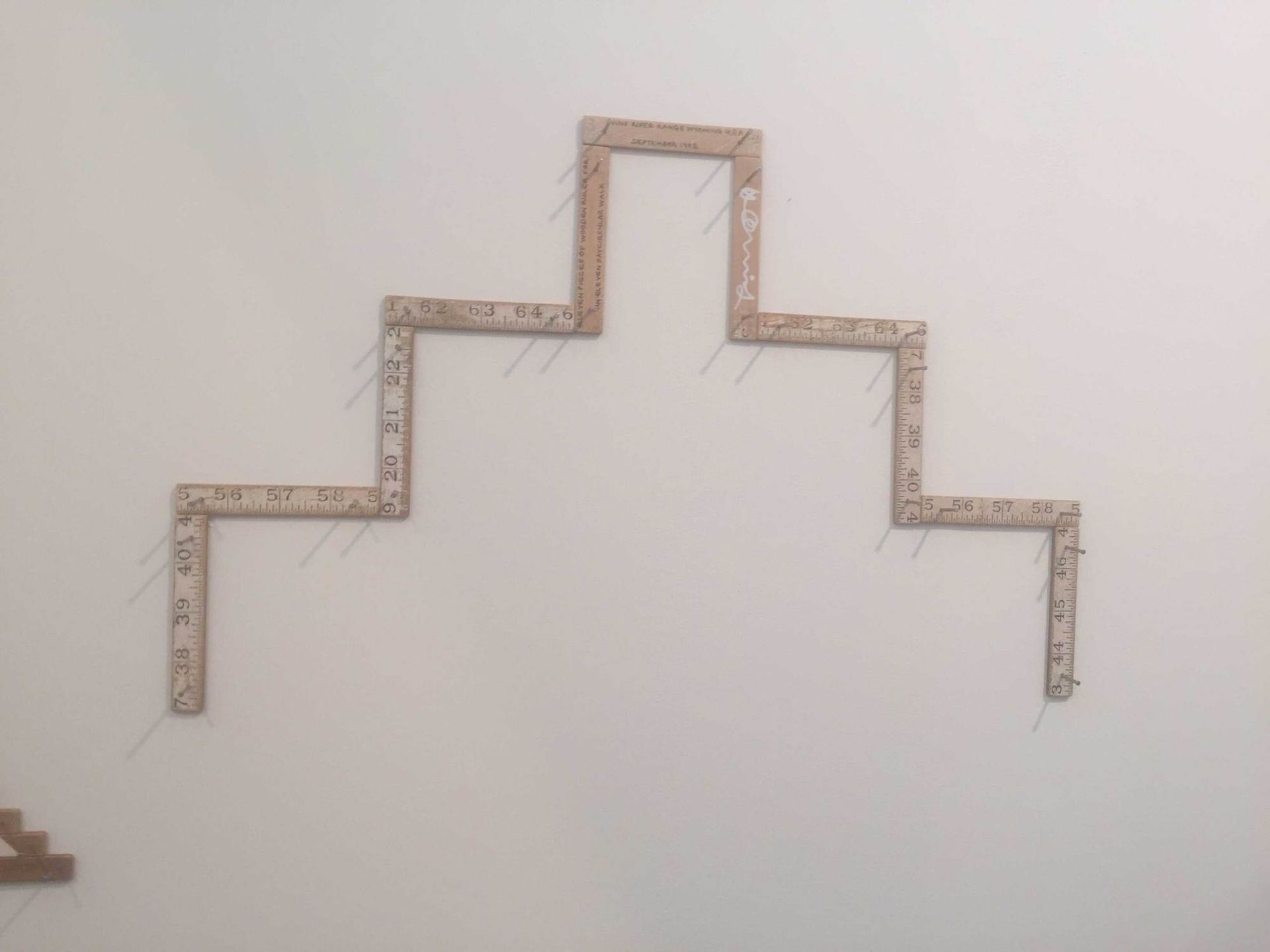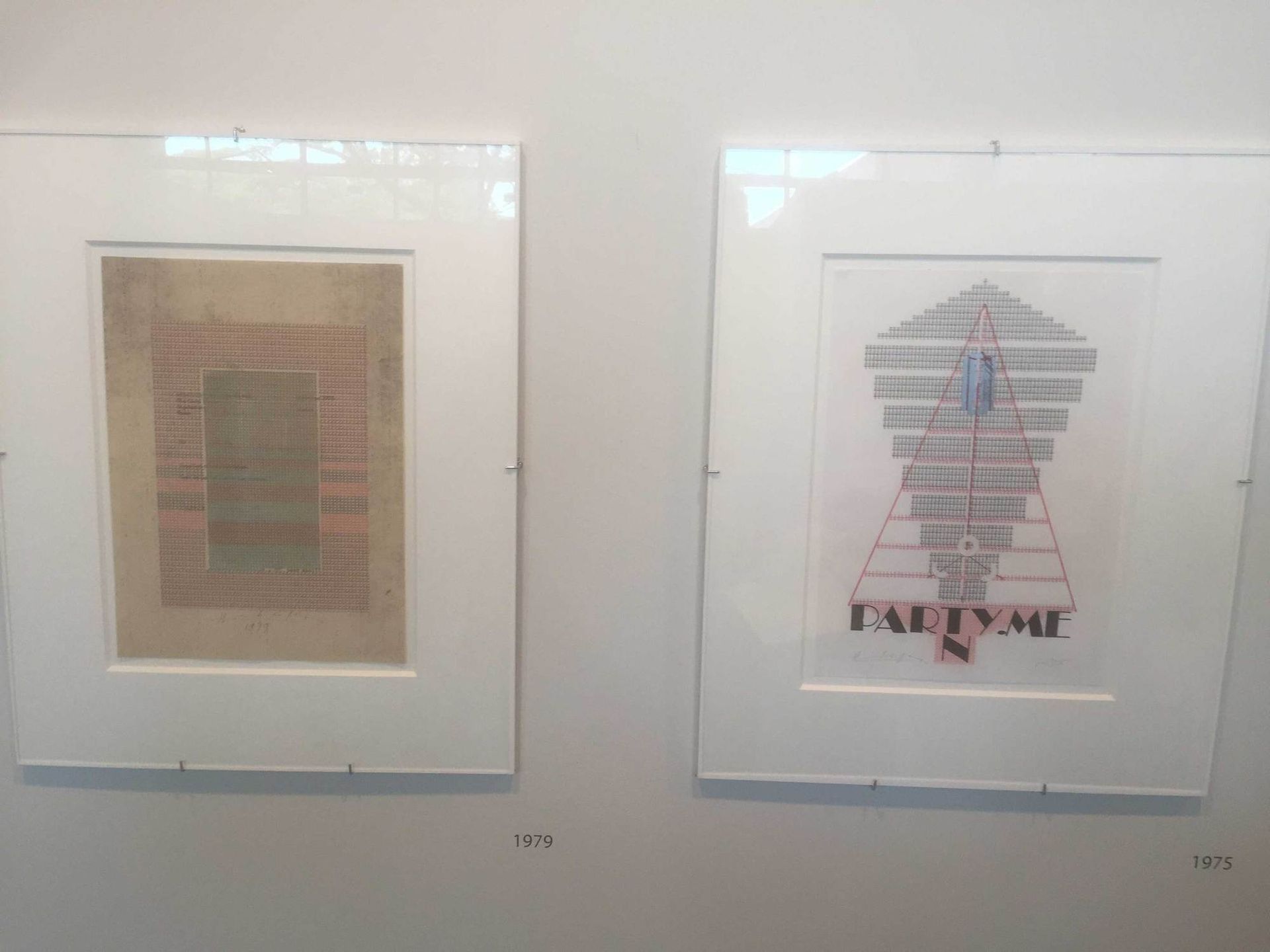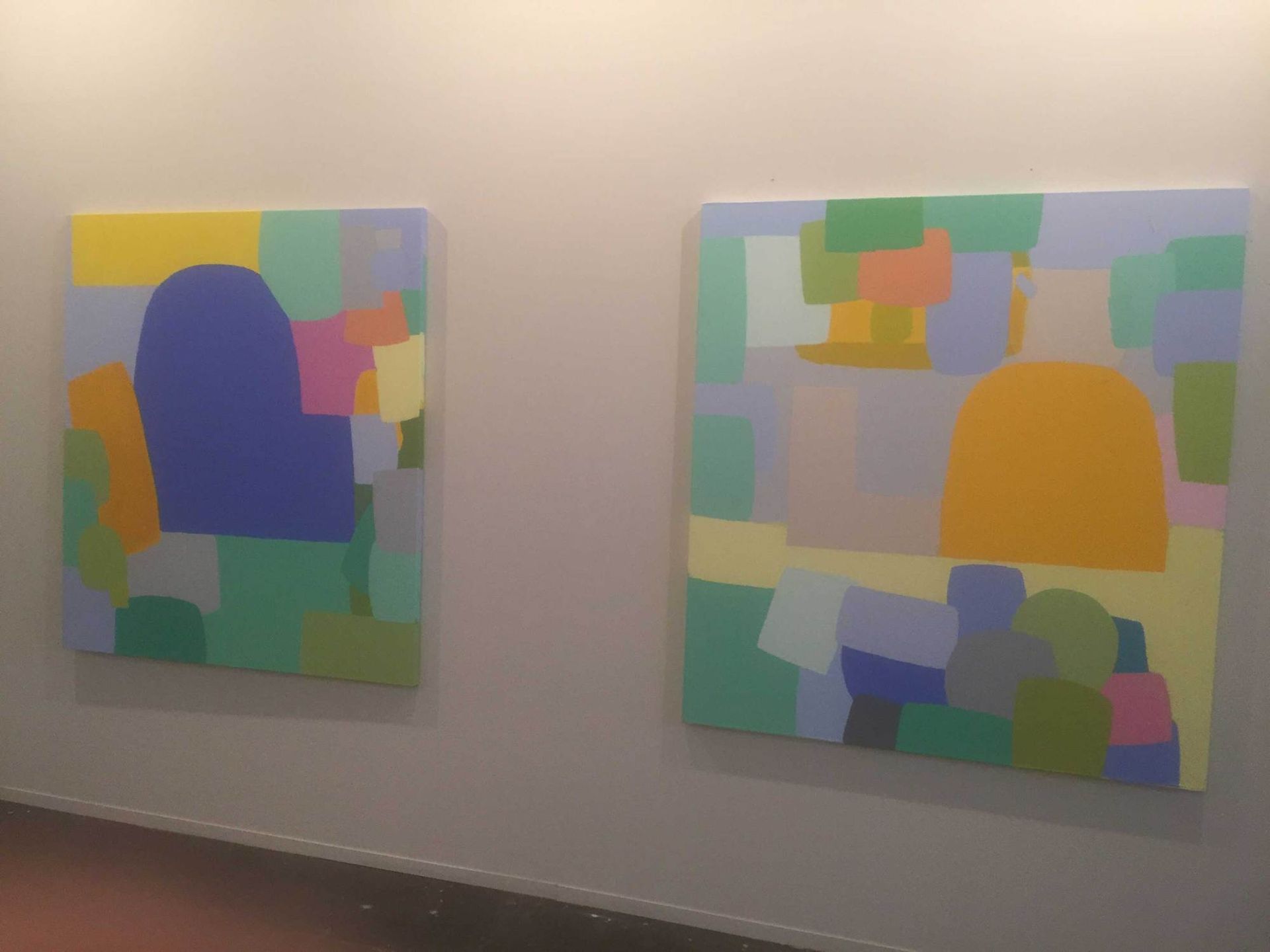Amidst a deepening recession and a political crisis that has engulfed Brazil's president, Dilma Rousseff, the SP Art fair opened on 7 April in São Paulo to moderate sales and thronging crowds. Below, we take a look at some of the fair’s more interesting booths. The fair is open through 10 April.
São Paulo's Dan Galeria has a nice corner filled with the strong Brazilian geometric abstraction we have come to know and love, which fits nicely in the Oscar Niemeyer-designed biennale pavilion that houses the fair. The booth includes work by the die-hard Concretist Luiz Sacilotto (who is from São Paulo) that carries a sense of almost maniacal balance. Along one wall is the work of Hélio Oiticica and, of course, a black work by Lygia Clark that feels like something Donald Judd would have made if he'd had a soul. That work is for sale for a cool $1m—an ambitious price during a recession.

You likely missed Light work iii (2013) by Haroon Mirza, who won the prestigious Calder Prize last year, at the Lisson Gallery booth because it sold the first night. Mirza's non-sculpture of sorts is recessed, so the surface of it is flush with the wall. The light is almost an inverse shadow of the lines at the bottom. Whoever bought this work must have a very large and very boring wall back at their fantastic Brazilian villa—that, or they are very into the movie Tron. (The price was not disclosed.)

Hamish Fulton's work is often classified as land art with the crucial difference that he doesn't actually move any land—he hikes it. The resulting art belies the significance of his undertakings. A 2012 hike to the summit of Licancabur volcano in Bolivia (5716 meters) may yield a work that resembles nothing so much as a ruler. At the fair's Solo section, Valencia's Espaivisor Gallery brought works related to his walks in South America. Fulton then titled the booth as a work: "Small work, big experiences, São Paulo 2016."

Richard Saltoun Gallery of London has brought the concrete poetry of the poet, musician and performance artist Henri Chopin to the fair's Solo section. After the Nazis weaponised language during the Second World War, Chopin began to distrust it, which is evident in his work. One work screams PARTY.MEN and has a real razor dangling above the letters. Another depicts a cemetery with red and black asterisks of graves, in an ornate arrangement—a sort of Père Lachaise of font. These are priced reasonably at $6,000 to $14,000, probably just about right for a stylishly ugly memento mori.

Amidst all the cold, hip geometry, Federico Herrero's new abstractions serve as soft landing at the Louisa Strina booth. Some of the canvas is unpainted, giving it a human feel. It takes a big man to use Easter colours in this way. So often, regional artists seem to feel the need to evoke a dour mood, or to make some kind of Francis Bacon-rip-off, but Herrero started off painting buildings in his native San José. He has nothing to prove. His interest in colour and balance leaves room to breathe. At $30,000 each, just one has sold.
Correction: An earlier version of this article misstated the name of the gallery presenting work by Federico Herrero. It is Louisa Strina gallery, not Gallerie TK.

